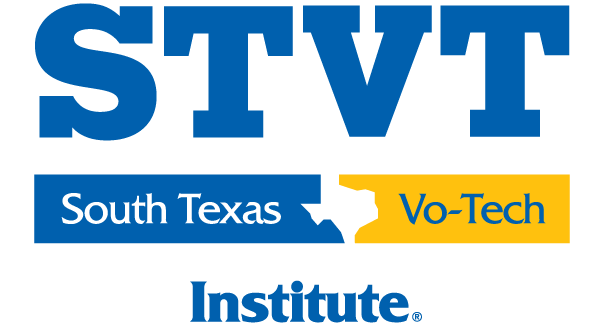Are you intrigued by a hands-on career where you can construct and craft while earning a competitive salary? Look no further than welding! In this guide, we’ll lead you through the steps to initiate your welding career, explore the various types of welding jobs available, and review skills that will help you be successful in the industry.
Understanding Welding
Before plunging into the realm of welding careers, let’s grasp the essence of welding. Welding is the process of joining materials, typically metals, by heating them to a molten state and then fusing them together. This technique is indispensable in industries such as construction, manufacturing, and automotive.
Benefits of a Career in Welding
Pursuing a career in welding opens doors to a multitude of advantages and opportunities. Here are a few reasons why you should consider diving into the world of welding:
- Consistent Work for Skilled Workers: Virtually every industry, from construction to manufacturing to automotive, requires the expertise of welders to create and repair essential infrastructure and products. As workers retire from the business, new opportunities open up for those ready with the proper skills and training.
- Opportunities for Advancement: Welding is not just a job; it’s a career path with ample opportunities for advancement. As you hone your skills and accumulate experience, you can progress to higher positions, such as welding supervisor, inspector, or even start your own welding business.
- Hands-On Work and Creative Expression: For those who enjoy working with their hands and crafting tangible creations, welding provides the perfect outlet. The process of transforming raw materials into finished products through welding allows for artistic expression and fulfillment.
Exploring Career Paths in Welding
Once you’ve decided to pursue a career in welding, it’s essential to explore the diverse career paths available within the field. Here’s a glimpse of the various avenues you can explore:
- Construction: Welders in the construction industry work on projects ranging from building bridges and skyscrapers to fabricating structural components. They must possess skills in structural welding and blueprint reading to ensure precise construction.
- Manufacturing: Welders in manufacturing facilities are responsible for assembling and fabricating metal components used in various products, such as machinery, appliances, and vehicles. They often work with advanced welding technologies and automation systems.
- Aerospace: Welding in the aerospace industry demands precision and attention to detail to ensure the structural integrity of aircraft components. Aerospace welders may specialize in working with lightweight materials such as aluminum and titanium.
- Shipbuilding: Shipbuilding requires welders to work with heavy-duty materials such as steel and perform specialized techniques such as underwater welding. They contribute to the construction and maintenance of ships, oil rigs, and offshore platforms.
- Automotive: Welders in the automotive industry are involved in the fabrication and repair of vehicle components, including chassis, frames, and exhaust systems. They must adhere to strict quality standards to ensure safety and reliability.
Skills to Help you Succeed
To excel in a welding career, you should be prepared to spend hours honing your craft and learning specialized techniques. Here are some things to be prepared for:
- Technical Skills: Mastering various welding techniques and processes is essential. This includes understanding welding equipment, reading blueprints, and executing precise welds according to specifications.
- Safety Awareness: Welding can be hazardous if proper safety precautions are not followed. Be prepared to prioritize safety at all times, including wearing protective gear, maintaining a clean work environment, and adhering to safety protocols.
- Physical Stamina: Welding often involves long hours of standing, bending, and lifting heavy materials. Be prepared for physically demanding work and ensure you maintain good physical fitness to handle the rigors of the job.
- Continuous Learning: The field of welding is constantly evolving, with new technologies and techniques emerging regularly. Be prepared to commit to lifelong learning, staying updated on industry trends and advancements through training and professional development opportunities.
- Adaptability: Welding may require you to work in diverse environments, from construction sites to manufacturing plants to offshore locations. Be prepared to adapt to different working conditions and challenges that may arise.
By being prepared both technically and mentally, you can embark on a fulfilling and rewarding career in welding, making a meaningful contribution to industries worldwide.
Embarking on a career in welding offers opportunities for growth, creativity, and financial stability. Whether you’re just commencing your journey or seeking to advance your career, the welding industry welcomes individuals with passion, dedication, and a penchant for craftsmanship. Begin your journey today and unlock a world of opportunities in welding!
For more information on welding education and training programs, give us a call at (210) 782-8000 or you can visit our website at stvt.edu.



